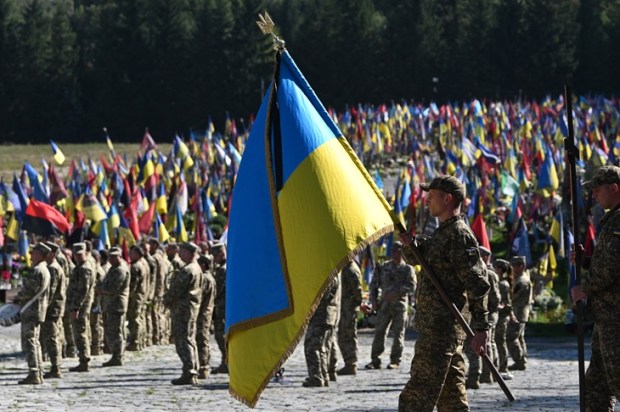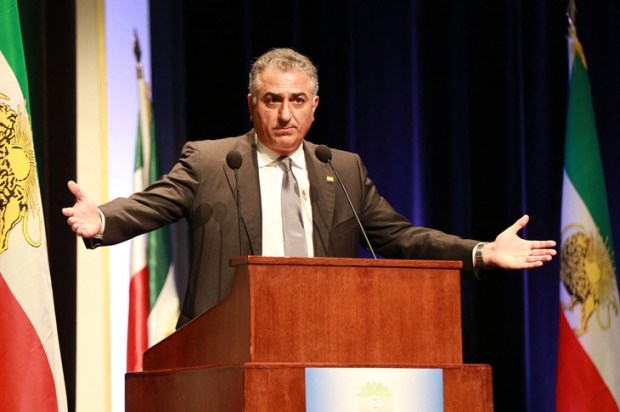The American author William Faulkner said, ‘The past is never dead. It’s not even past.’
A recent visit to Prague showed the truth of this statement.
There is a place in Prague where the distant, often violent, past and a violent present collide with powerful effect. The Pinkas Synagogue is in the Josefov. This was the walled ghetto where Jews were contained. The building of the Synagogue, by Rabbi Pinkas, started in 1479 and was completed in 1535. It is now the memorial for all the Czech Jews from Bohemia and Moravia who were sent to Terezin (Theresienstadt) concentration camp 70 km north of Prague.
The walls of the Synagogue are inscribed with the names of the 77,297 men, women and children who did not return. Here is Paula Brattova, 32 years old, who was murdered on the 15th of January 1942; Richard Rauchbar, 42, murdered on 15th of May 1944… The ages of the victims that I could see ranged from 6 to 79. The effect of the tightly spaced lines of names is sobering.
The Memorial was opened in 1960 but closed in 1968, after the Soviet occupation of Czechoslovakia. After the fall of the communist regime in 1989 the synagogue was repaired and the inscriptions, damaged by moisture and neglect, were restored.
Upstairs, on the first floor, there is a moving exhibition related to the children who were in the Terezin camp. The painter Friedl Dicker-Brandeis, who had studied at the Bauhaus, taught drawing and painting to the children. This was to help them express their feelings about the experience of living in Terezin, their memories of home, and their dreams and wishes for the future. These precious drawings and watercolour paintings are heartrending.
Friedl Dicker-Brandeis, and most of the children, were murdered in Auschwitz. Before she was transported, Dicker-Brandeis hid about 4,500 of these drawings. These are the only witnesses to those lives cut so tragically short. A watercolour painting by Ruth Gutmannova, titled Underwater World, shows a deep-sea diver surrounded by colourful starfish, eels, jellyfish, and little black fish. It is a sophisticated exercise in various techniques – wet into wet, wet into dry, dry brush and the colours are balanced and harmonious. Ruth was almost 12 years old when she was imprisoned in Terezin. She was held there until she was murdered, three days before Friedl, in Auschwitz. She was a 14.
Behind the Synagogue is the Old Jewish Cemetery, from 1478 until 1787 the only place where the Jews were allowed to bury their dead. Some 100,000 are buried there, up to 12 deep in the same grave. There are about 12,000 headstones crammed into the space between the trees and pathways. When you leave the cemetery, you come face to face with the violence and horror of the present day. The outer walls of the cemetery have the now familiar red and white posters, with colour photos, of the hostages who are held by Hamas today in Gaza. These posters are an eerie echo of the names inscribed on the walls of the Synagogue. There is the 23-year-old Israeli German woman, Shani Louk, whose bloody and lifeless body was seen being abused on the back of a Hamas truck on October the 7th. There are Israelis Shlomo Mansour 89, Naama Levi 19, Inbar Haiman 27, and many more. Then we see a Thai, a Mexican and a Tanzanian. All these people are described as ‘Kidnapped’ many have another statement as well ‘Murdered’.
So, the past isn’t dead, it isn’t even past.
Rowan D Story AM, RFD

























